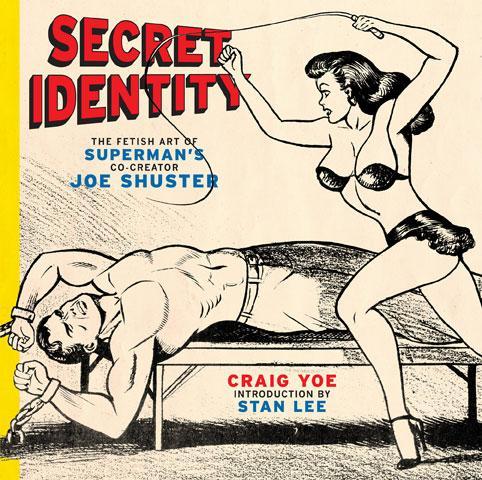#joe shuster
It had been a while since I’d picked up an issue of ACTION COMICS, but for whatever reason, after passing up the previous few issues, this one made the trip home. Might have been as simple as there being slim pickings on the rack that week in terms of new super hero comics of the type I knew I liked. It’s got a very nice cover by Jose Luis Garcia-Lopez, an artist’s artist who would go on to do tons of DC licensing artwork through the next decade, here inked by Bob Oksner, a combination I can’t recall seeing again.

Looking at this splash page, it may have been the call-out here for the Flash and Green Lantern that made the difference, as they were my two favorite heroes of the era. Also, it ran below my personal ten-year-old radar, but after a long and bitter public struggle, the creator byline for Jerry Siegel and Joe Shuster had been restored to all Superman stories, and appears here for the first time in my own chronology. I don’t know that I took any special note of it.

So what was going on in the life of the Man of Steel? Well, this was the conclusion to a multi-part story begun in the previous two pages. After the opening, a flashback let me know that Superman had seemingly been killed in battle with his recurring enemy, the space cowboy Terra Man. Superman wasn’t truly dead, in fact, but that didn’t stop him from tossing away his uniform Peter Parker-style. Or has he? The text informs the reader that the figure throwing his Superman costume into the sea on the splash page is neither Clark Kent nor Superman. Wha?? Meanwhile, a mysterious threadworn bum is also wandering around Metropolis in a fashion that makes it clear he’ll be important later.

Terra Man has cut off Metropolis from the rest of the world behind an impenetrable force-field–but that field isn’t so impenetrable that certain friends of the deceased Man of Steel cannot penetrate it. So it is that the Flash makes his entry into the story, ambushing Terra Man in the middle of Metropolis in the name of the fallen Superman. Flash puts up a good fight, but is suddenly and inexplicably blown out away from the fight. The culprit? Terra Man himself–who we learn is actually Superman himself, his appearance having been changed during his supposed demise to match that of his foe. Rather than trying to explain to the Flash what the truth is, the Man of Tomorrow used his super-breath to propel the Scarlet Speedster away from their conflict. But Superman himself has more questions than answers.
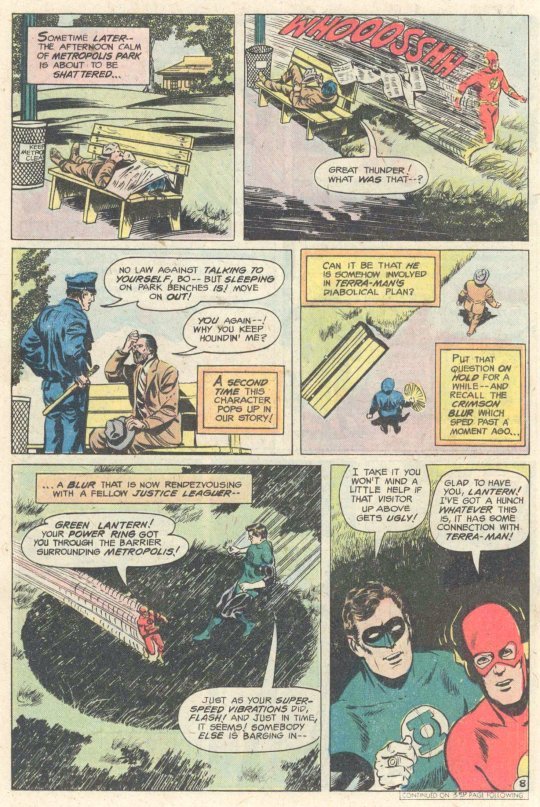
Recouping, Flash finds himself joined by his fellow JLA member Green Lantern, whose Power Ring was also able to get him within the force-field. But before the two super-friends can coordinate an attack on Terra Man, a flying saucer appears in the skies over Metropolis (having had no trouble getting in.) Flash and Green Lantern go to check it out, but are swiftly taken out of action by its advanced weapons. From afar, Super Terra Man has been watching, and his friends’ distress calls him back into the action.

The inhabitant of the spacecraft turns out to be the brother of the alien who, a hundred years ago, turned Terra Man from an orphaned child into a space cowboy–and he’s come back to take his revenge on the man who killed his brother. He pledges to hunt Super Terra Man down through Metropolis and destroy him. Meanwhile, the man who threw his Superman costume into the sea is revealed to be Gregory Reed, an actor from several previous Superman adventures who typically portrays the Man of Steel on film . With Superman dead, he felt there was no point in hanging onto his costume. But he can’t help but wonder what it must feel like to be the Man of Tomorrow…

Things race to a climax as the citizens of Metropolis are heartened to see a familiar red and blue streak in the sky: Superman lives! He attacks the flying saucer and defeats the alien, only to be ambushed himself by Terra Man. The appearance of Terra Man is enough to make the cop who harangued the ragged bum we saw earlier drop his disguise, revealing himself to be the true Terra Man. This is all part of the plan, though, since the fake Terra Man is, as we know, really Superman, and he kayos his enemy. The Superman who defeated the alien was Gregory Reed, his super-feats actually performed by Flash and Green Lantern incognito (Superman did get around to explaining his situation to them.). Now, with both Terra Man and the alien hunter neutralized and Superman’s features restored to their proper form, the story reaches its finale.
Post link
It was an unimaginable 41 year ago today, on Christmas day of 1976, that I finally got my hands on this much-desired beauty, a gift from Santa Claus. And actually, having asked for it specifically on the Christmas list that my mother would demand that each child write (usually sourced out of the Sears Christmas catalog, with an upper cap of $40.00 total), I wound up finding it among other gifts secreted away in our as-yet-unfinished attic, so I knew that it was coming at last.

To say that it was a treasure trove is underselling the situation. It’s unthinkable today, when so much classic material is readily available, either collected in book for or simply available digitally, but in the mid-1970s there wasn’t any way to read old comic book stories that you were interested in other than to find those old comics, or stumble across those stories being reprinted somewhere. So it was extremely difficult for a nine-year-old to make sense of the history of comics, as I was eager to do. Books like this one were invaluable and loved. Indeed, my original copy of this volume is in pieces, the cover and earliest pages having eventually fallen off–I had the paper cover edition, not the more expensive clothbound one. (I couldn’t for the life of me work out why anybody would spend the larger amount when they could have used that money to buy more comics. I get it now.)
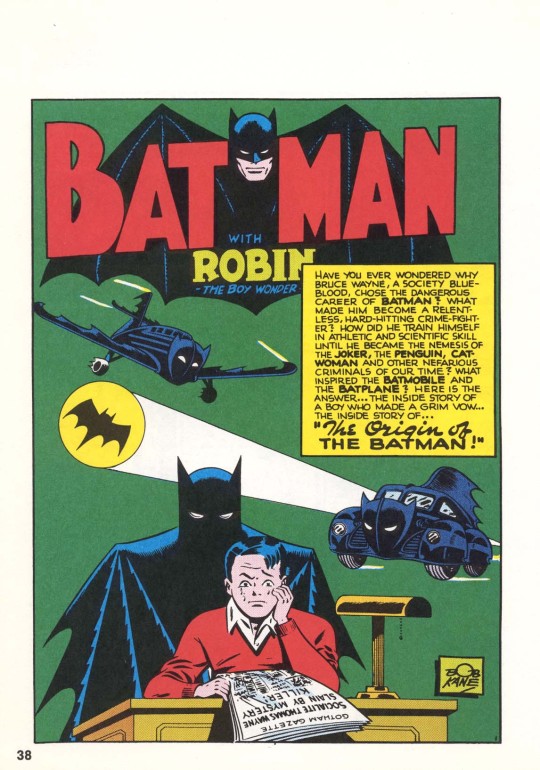
SECRET ORIGINS OF THE SUPER DC HEROES was the follow-up to Crown Books’ successful collections of vintage Superman and Batman stories. But it was really a reaction to Simon & Shuster’s ORIGINS OF MARVEL COMICS and its profitable follow-ups. Carmine Infantino and DC certainly wanted a piece of that marketplace (even if Carmine would be ousted as DC’s Publisher by the time the final product reached the marketplace in mid-1976). So the book is structured remarkably similarly to ORIGINS, with chapters devoted to ten DC heroes reprinting their origin stories (in most cases, two different ones from over the years) and introductory chapters written by Denny O’Neil outlining the behind-the-scenes story as to how these characters came to be.

Sadly, Denny is many wonderful things, but he’s not Stan Lee, so his secondhand recountings aren’t as engaging or fun to read as Stan’s–they read more like a homework assignment. It’s mostly the editors that Denny speaks to and who comment on the genesis of these heroes, and while they’re appreciative of the gainful employment such characters have provided them, you can’t help but get the feeling that it was all just a job to these guys.

Remarkably, the introduction to the Superman chapter speaks of Jerry Siegel and Joe Shuster, at a time when their byline was still stricken from the rolls at DC–this is notable in that, in that previous Superman collection that Crown had published years earlier, neither man was mentioned by name. Similarly, the Batman chapter talks about Bill Finger as well as Bob Kane–in fact, it mentions Finger’s name first. This was an extraordinary thing in 1976, and something that DC would walk back for at least a few more months on Jerry and Joe’s side, and for decades longer when it came to Finger. Whether this was due to Denny, or a desire to give a true accounting so as to mimic ORIGINS (whose accounting is far more compromised), it almost doesn’t matter.

The book also bridged the gap between the Golden Age and the more modern Silver Age, the Earth-1 and Earth-2 incarnations of the characters. In all but the final two instants, two stories were run featuring each character: their initial Golden Age appearance (or origin, in the case of Batman and Wonder Woman) and then either a more recent retelling or updating of that origin, or the origin or first appearance of the Silver Age incarnation of that hero. So you got Jay Garrick along with Barry Allen, Alan Scott besides Hal Jordan, and Al Pratt as well as Ray Palmer.
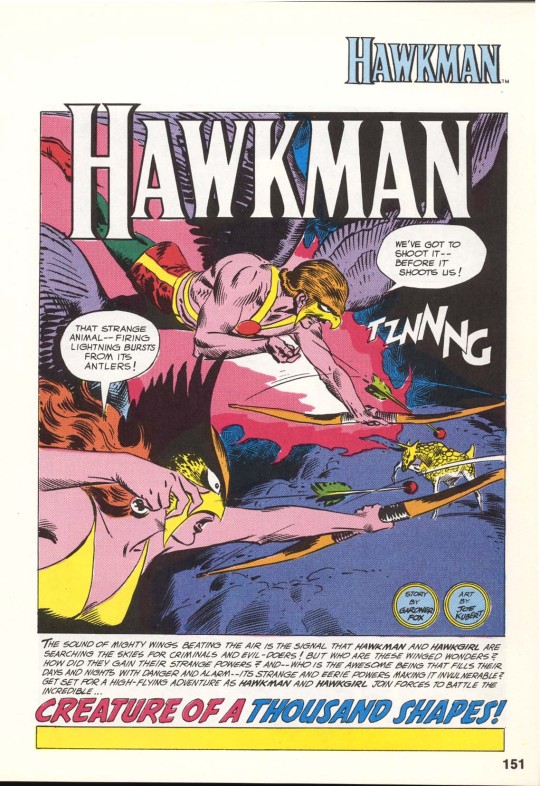
So, just walking through the volume a little bit, after some introductions and dedications (Sheldon Mayer!) it gets down to business with Superman, starting with a reprint of the first page of his initial story in ACTION COMICS #1 (which I’d already seen in the FAMOUS 1ST EDITION reprinting) followed by the expanded Origin of Superman from the AMAZING WORLD OF SUPERMAN special edition–this one I’d also previously read, in a SUPERMAN treasury Edition.

This is followed by the origin of Batman from BATMAN #1 (I’d read it) and then the well-regarded 1948 story in which Batman tracks down Joe Chill, the man who had killed his parents. It’s a story that packs a punch. Next came Wonder Woman, whose origin from the first issue of her comic was reproduced (Again, I’d read it in reprint before) followed by a more modern recounting by Robert Kanigher and Don Heck that also built up the mystery of Nubia, Diana’s long-lost sister.
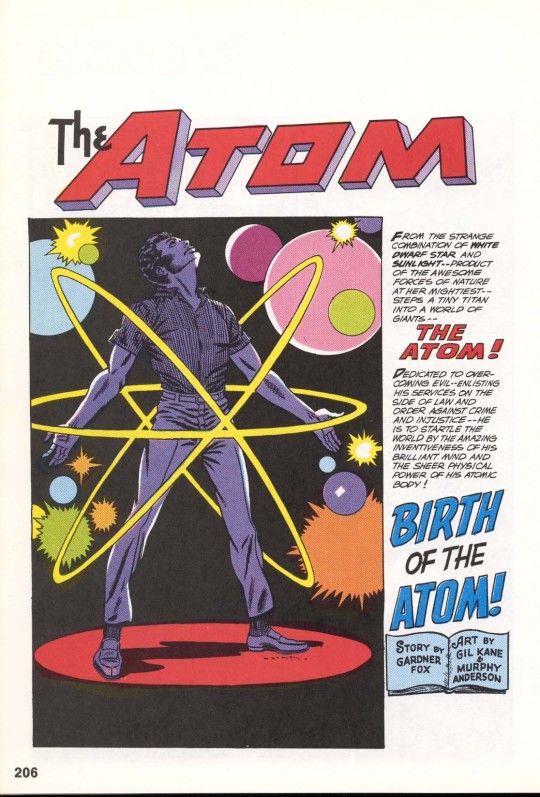
Then came the main event, the reason I had jonesed over this volume for so long: the origin of the Flash. It began with a reprint of the first Jay Garrick story (read it already!) and then reprinted the inaugural Barry Allen story from SHOWCASE #4. And I loved it, boy, every nonsensical second of it. This was followed by the first Green Lantern story, featuring Alan Scott–Scott doesn’t don his costume until the very last panel in this story, which was a bit disappointing–and then the first Hal Jordan tale (in which he does wear his costume, but no mask yet.) The fact that so many of DC’s characters had debuted in anthology titles, and so their stories were shorter than their Marvel competitors made it easier to fit more stories into a single volume.
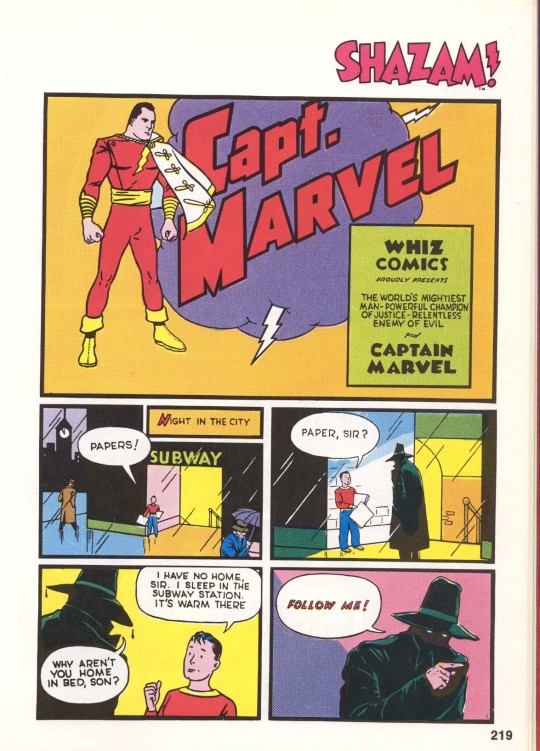
Then came two Hawkman origins (I’d read the first in the FLASH COMICS #1 Treasury, but not the Silver Age story) and a pair of Green Arrow stories, neither the Emerald Archer’s first appearance but both detailing contradictory origin stories for his costumed identity and mastery of the bow. I naturally concluded that the first must be the Earth-2 Green Arrow, which turned out to be true. The Atom came next, and he never even got a costume in his initial outing as Al Pratt, nor did Ray Palmer in his initial story. Still, these were all fun and inventive.

The final two slots in the book were devoted to DC “acquisitions” that had originated elsewhere. So next came the first Captain Marvel story from WHIZ COMICS #2 (the first issue had been an ashcan–and I’d read this story when #2 was reissued as a FAMOUS 1ST EDITION) and the first Plastic Man yarn from POLICE COMICS #1. This book is a treasured favorite, and I’ve replaced it twice over the years. It was also the start of what became a long Christmas tradition in which I would be given books on comics by my family, friends and relatives. And so it was a merry Christmas indeed.
Post link

I’ve heard enough!

“wrapped firmly around their necks!”
Action Comics 1938





